For the last several years, mergers and acquisitions have skyrocketed among wineries in the U.S. and Australia. M&A activity can be an unsettling time for employees due to sudden shifts in priorities and unpredictable outcomes. It also can be a time to strengthen your winery by streamlining workflows, defining employee expectations and unifying around a shared mission.
Whatever the end goal, aligning your resources is critical to a successful M&A transition. While change can be difficult, it can also result in exponential growth for your business. To help you be successful, we’ve compiled three key strategies to implement during the M&A process.

1. Audit and Investigate Your Winery Software Needs
If the time is right to pursue a merger or acquisition, you’ll want to prepare your winery operations as a whole for the upcoming changes. This is a great opportunity to dig into the ins and outs of your workflows and processes.
First, conduct a software audit to see what is working and what is not. You should evaluate how many different systems are in use and how much that software costs annually. You should also consider looking for additional winery software options to streamline and unify information tracking and storing across departments and locations.
Here are some questions to consider:
- What systems work well and which ones need to be improved?
- What operational information do you need the most access to and how are you tracking and reporting on that data?
- Does your winery software make it easy to understand what’s happening at any given point for any given department?
- How confident are you in your inventory data?
If you’re asking these questions, now may be a good time to think about investing in winery software like an ERP system. ERP software centralizes data and increases efficiency and visibility within departments, along with making it easier for all your employees to do their jobs better. How refreshing does that sound?
If you decide to go down the winery software evaluation path, be sure to involve key subject matter experts from across your organization. Consider forming a team of key leaders and system users from different functional areas of your winery to assess the current state and investigate a future state of your technology stack. While the entire team may not be part of the initial discovery and negotiations, they can provide key feedback during the demo and implementation stages.
It’s also important to have buy-in from your key stakeholders as you implement changes to winery software systems across your organization. As we’ll discuss later, these individuals will play a critical role within their teams as new systems and processes are implemented.
2. Create a Change Management Plan
Change brings uncertainty, and uncertainty can lead to chaos, confusion or a coup. While it’s doubtful your employees will overthrow your leadership team, a merger or acquisition means they are likely experiencing anxiety about what’s happening and what’s to come. Whether it’s new leadership, shifting roles and responsibilities or implementing new winery software and processes, M&A transitions can be rocky for businesses. But it doesn’t have to be this way.
Developing and implementing a strong change management plan will be one of the most important strategies for your leadership team. If implemented successfully, your change management plan will create excitement and enthusiasm at every level of your organization. Your employees will be ready for what’s happening and running toward what’s to come. Your M&A transition period can be a time of celebration and growth across the entire winery.
A Crafted ERP, we recommend a four step plan to create change across your organization:
- Identify the vision through leadership alignment. This will articulate what you’ll do as a company and who you’ll be moving forward.
- Draft a compelling M&A “story statement” to inspire employees to rally around why the change is happening.
- As changes are implemented, particularly with a new winery software system, encourage mindset and behavior changes among your employees. This will help them build their skills set and learn new capabilities.
And the fourth step leads us to our next essential strategy, which deserves its own section, supporting your employees so they are equipped with tools for long-term success.
Download Our Change Management Workbook
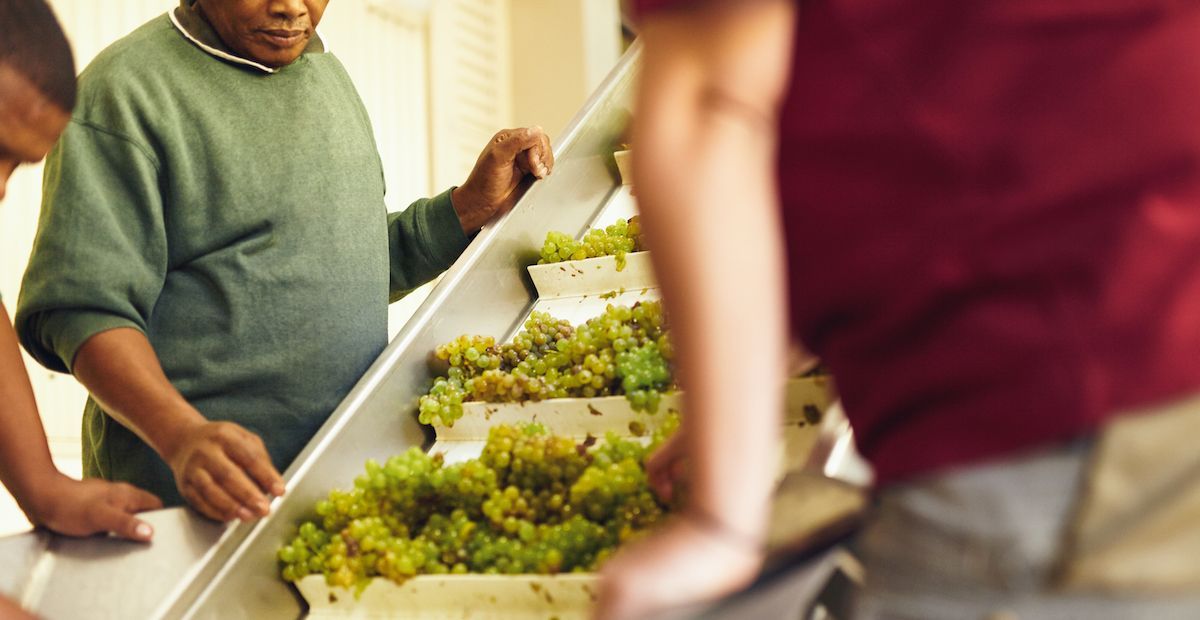
3. Support Your Employees
One of the most crucial steps of any merger or acquisition will be to encourage and support your employees throughout the transition. This step can be as important, if not more, than implementing a winery software system because it’s central to the longevity of your business. It’s critical to provide your entire employee base with support from day one. The goal is to not leave anyone hanging at any point in the process.
Empower Your Managers
Your mid-level managers are going to be the ones doing the lion’s share of the communication and training, so do what you can to make their lives easier. Managers are also often the point of contact for direct reports as they learn to use any new software and follow any new processes as they are implemented.
Make sure you allow managers the time and space to fully debrief in their 1-on-1s, and that you give them the proper authority to handle situations as they arise. Entrust them to be in command of their individual teams, provide the resources and training they need, and do what you can to keep them excited, energized and passionate about the upcoming transition. Because, in turn, they will do the same for their teams.
Communicate Consistently and Directly
Your employees need to see and understand the overall impact, along with the individual impact, a change in corporate structure will have on their day-to-day. From learning new winery software to understanding their role in a new organization to embracing and enacting change, this is a time your employees need to feel seen, valued and appreciated.
Keep what you know to be true accessible to all winery employees, and your entire organization will be excited about what lies ahead. Be sure to talk about your upcoming change often, be transparent about changes in strategy or schedule, and put it in writing when you can.
You may still be met with resistance, but when you are, we recommend addressing it quickly and directly. Negative commentary can and will spread like wildfire. If you are unable to come to a supportive solution with individuals spreading negativity, it might be time for you to part ways.
Moving Forward with M&A
Change isn’t easy and can stir up a lot of emotions for your employees and your leadership team. However, having a supportive team behind you is just as important as the plans you have to help you achieve your future goals.
As you work toward your corporate goals, make sure you thoroughly investigate your technology needs. New winery software might be the missing piece to a successful transaction. Also, create a change management plan that empowers your winery employees to embrace the new normal. Finally, be sure you’re doing all you can to support your leadership team, managers, key stakeholders, and all employees across your winemaking business. After all, it takes a village.
Ready to tackle your merger or acquisition?
Download our change management workbook that includes actionable worksheets to help you enact change during a merger or acquisition. And if you have questions about new winery software,
reach out to our team of winery specialists to help.

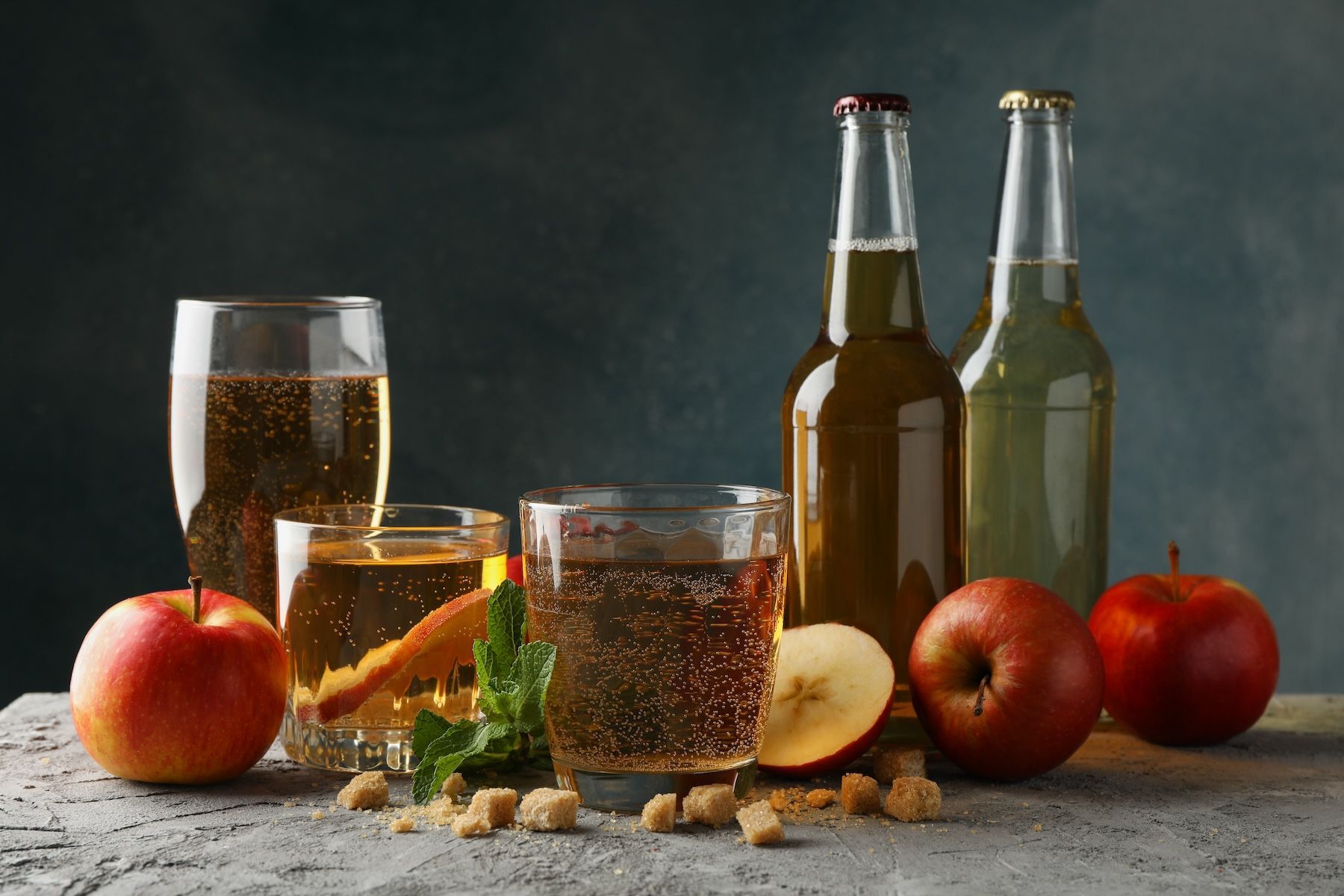


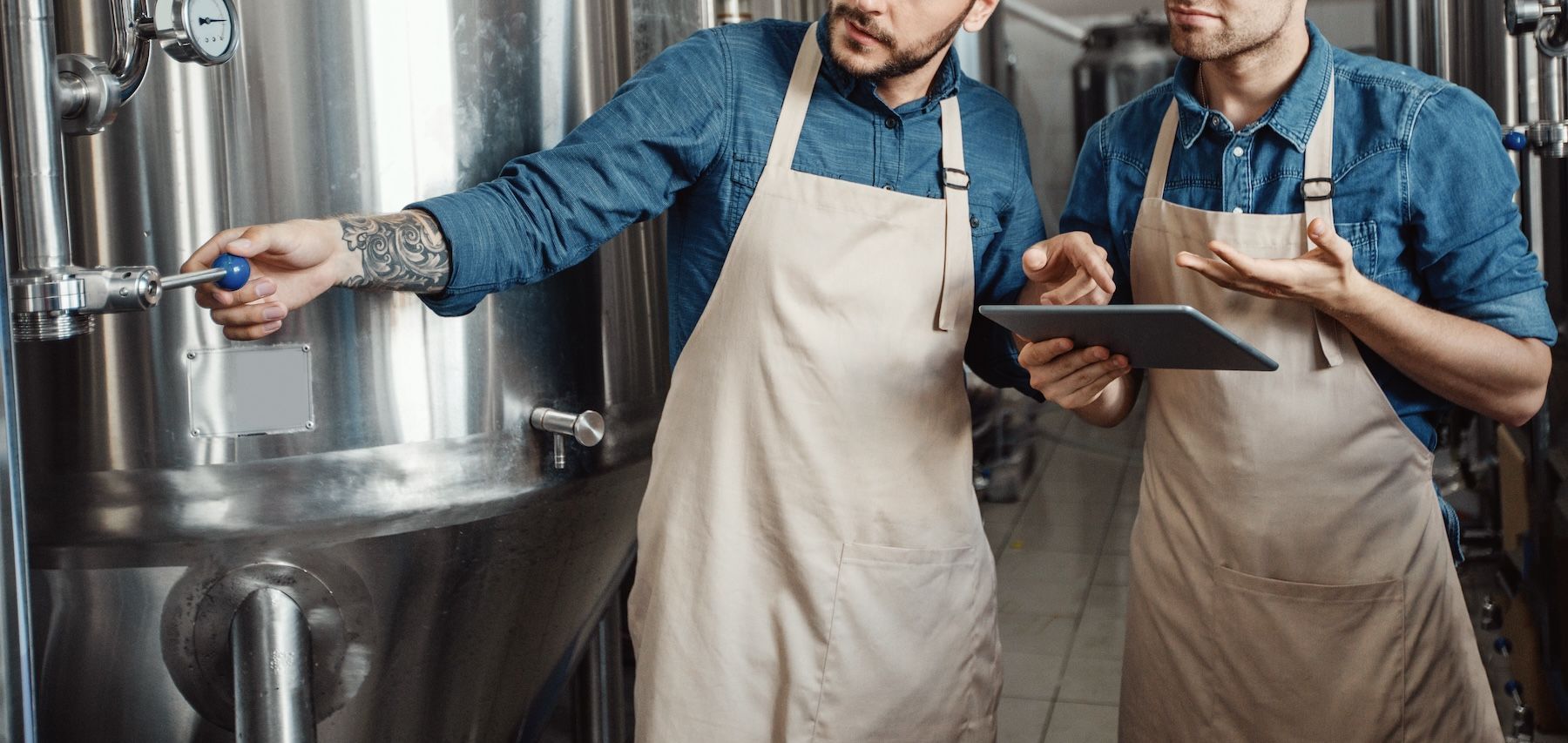
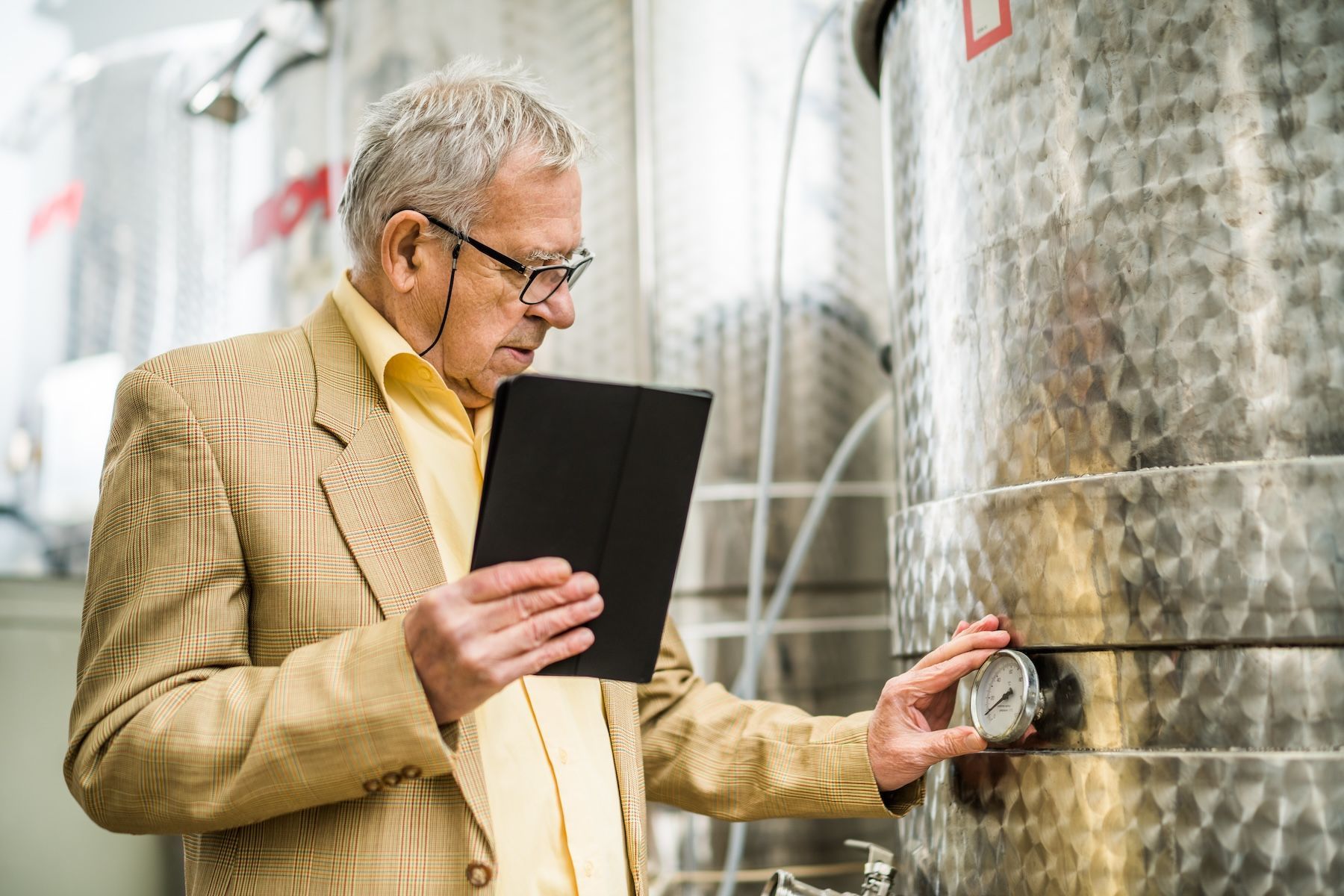


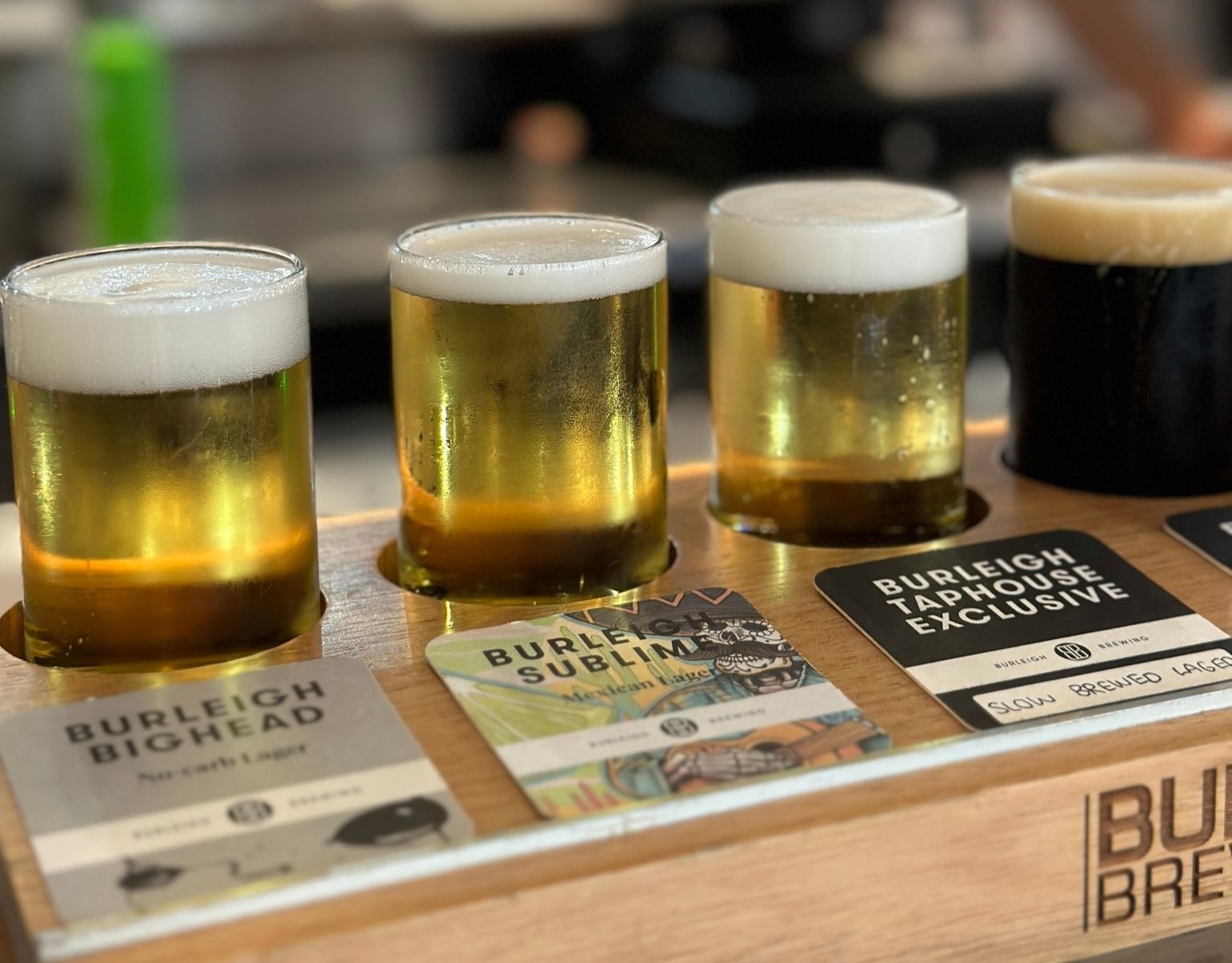
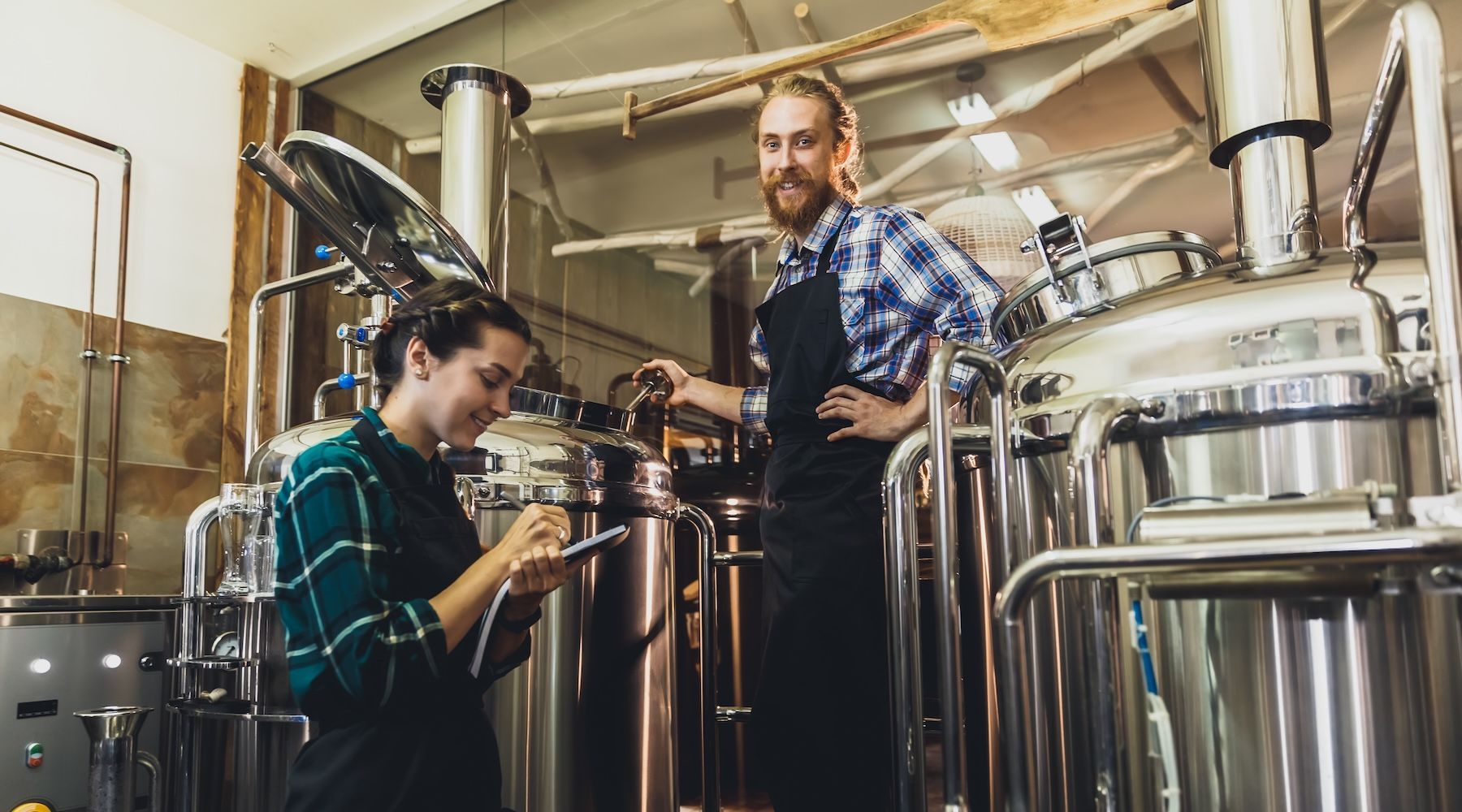
GET IN TOUCH
1512 Larimer Street, Suite #150
Denver, CO 80202
United States
(720) 699-0200
66 Goulburn Street
Sydney, NSW, 2000
Australia
+61 2 9044 1330

